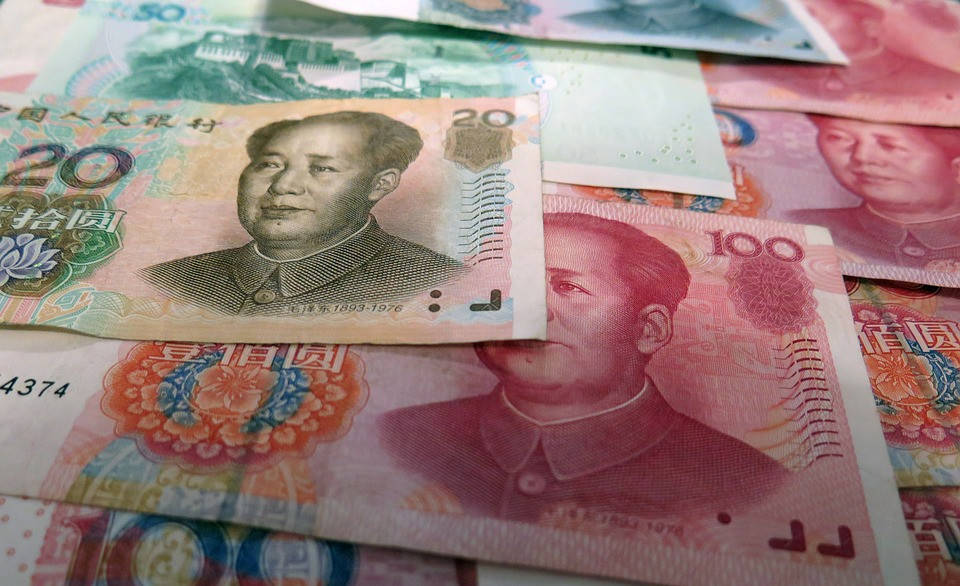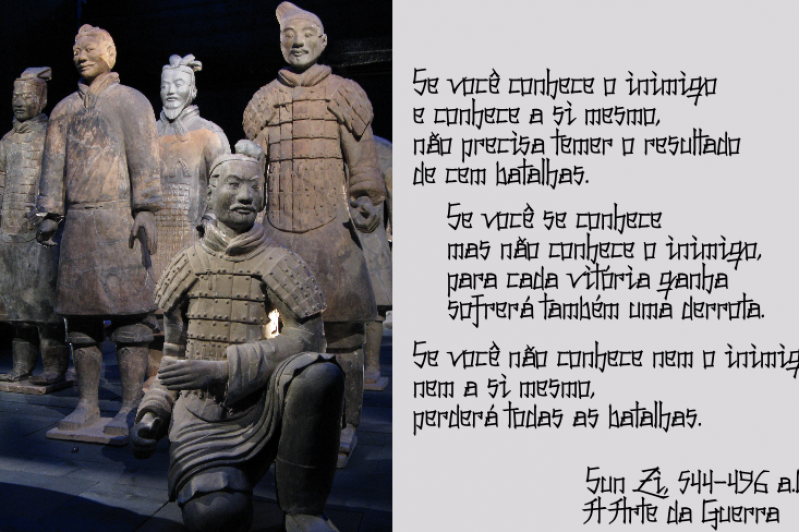Since the beginning of the Great Recession, there was a significant deceleration in the growth of international trade. Although the deceleration until 2016 is usually attributed to the weak economic activity derived from the fall in investment linked to the crisis itself, the abrupt slowdown in last year's trade -falling from a growth of 5.5 percent in 2017 to 2.1 percent in 2018- seems more a consequence of the US trade war between China, which threatens to be the trigger for a new global recession.
Commercial wars were frequent throughout history. One of the most notorious was the one originated by the "Smoot-Hawley Tariff", which had the objective of protecting the production of the United States after the 1929 crisis happened. Canada, Great Britain and France reacted quickly by establishing tariffs against of different American products.
A more recent one was the so-called "Banana War", a conflict that began in 1993, with the General Agreement on Tariffs and Trade (GATT) already in operation and two years before the start of the World Trade Organization (WTO).), which occurred because the European Union introduced tariffs against bananas imports. This measure hurt some Latin American countries and the United States and favoured the former European colonies of Africa.
In 2009, the parties announced the signing of the Geneva Agreement on Trade in Bananas, which established that the European Union should gradually reduce its tariffs on this product.
The current trade war between the United States and China began in March 2018, when the president of the United States, Donald Trump, after threatening to do so on several occasions, announced the intention to impose tariffs of 25% on the import of steel and 10% on aluminium. However, by subsequently exempting Canada and Mexico (the other two members of the North American Free Trade Agreement) from their application, as well as Argentina, Australia, Brazil and the European Union, the measure revealed that the country at which it was directed was China, one of the leading countries worldwide producing these metals.
Until a few decades ago it had been the main producer of both industrial inputs, but the growth of other countries, particularly China, was displacing it from that position.
At the present time, and with data extracted from the Statista database, China accounts for more than 50% of the world production of both products, while the US has fallen to 4th place in steel (preceded by Japan and India), with 4.9% of world production, and the ninth in aluminium (preceded by Russia, Canada and India, among others) with a meagre 1.5% of the global total.
The argument put forward by the US president to justify these measures is that the United States runs dangers that affect its "national security". While it is indeed true that the WTO allows that measures may be taken for this reason in its Article 21, it limits this to really exceptional situations, which is of doubtful relevance to the current situation in the United States. Moreover, the use of this argument places this situation in a quite compromised situation since if it allows the justification of national security and authorizes tariffs, other countries could use it to close their markets with the risk of falling into a protectionist spiral similar to that of the 1930s but if the WTO fails to authorize it, the United States may decide to leave the organization, which raises the question of whether the WTO-based trade order would not be mortally wounded when it left the country that not only that created it but also that it led it for decades. It is difficult to predict what the WTO will decide to do about it, but it is not impossible to think that, so long as Trump is in the White House, it will be difficult for the United States to accept a WTO decision contrary to their own will, given that their president has stated on different occasions that he would not recognize any jurisdiction higher than the national one.
The US trade problem with China is not limited to these two commodities; the problem is that its trade deficit was increasing incessantly until currently it represents 66% of the total US trade deficit.
A few days later and continuing with their strategy, Trump announced new measures against what he calls "China's economic aggression," and indicated that the United States would impose new tariffs on Chinese products, claiming that China does not comply with the recognition of intellectual property rights, copies North American technological developments without the payment of royalties, which generates millions in losses to American companies. These disputes are added to the argument that the Yuan is artificially devalued to benefit its exports.
In retaliation for Trump's measures, on March 23rd, 2018, the People's Republic of China government announced the imposition of 15% tariffs on 128 US products, among which were fresh fruit, wine and pork and 25% on aircraft, automobiles and soybeans, the main agricultural product exported from the United States to China.
Since then, announcements were made by both countries about the imposition of new trade measures and several complaints were filed with the WTO. However, the result of these protectionist measures in the first year of the trade war -2018- was that the US trade deficit with China increased by 11%. Moreover, although the deficit might be reduced in the coming years depending on many factors, the commercial and economic effects of this type of measure are highly uncertain since it also generates certain costs for consumers and US companies.
At the root of this conflict, which threatens to continue over time, is the US attempt to maintain its superiority and technological hegemony against China's rapid rise as a competitor.
The commercial war is therefore set to be a struggle between a leadership in decline and another on the rise.
The first industrial revolution meant the rise of some countries and the decline of others. Among them China, which at the beginning of the 18th century, according to OECD data, generated 22.3% of the World GDP (India 24%, the countries of the current EU 22.9% and the USA 1.8%) while at the end of the nineteen seventies it contributed only 5% (India 3.4%). This situation has changed drastically since then. In this case, with data from the IMF and parity of purchasing power, China has become the leading world power, contributing 18.2% of the global GDP, followed by the USA. (15.3%) and the EU (16.5%).
If this evolution continues, by the middle of the 21st century, China will represent 25.3% of the world GDP, India will reach 18.5% the USA would remain at 14.7% and the EU at 10%, with Spain at 1.1%.
In the comings and goings of hegemonies, trade issues have always generated tensions. Without being able to go into detail on the characteristics of China's rise due to space issues, over the last decades this particular country went overcoming its relative backwardness with respect to the central and advanced competitor countries, both America and Europe. Moreover, although the change of hegemony will not be immediate -the dominance of the dollar remains robust- it is in the context of these comings and goings that Trump's manoeuvres should be interpreted. It is not just a cowboy's outburst, although the overtones of war that he uses in their Twitter messages goes against all the norms of international diplomacy, but rather it is an attempt to delay the accelerating Chinese developments in scientific and technological fields, and quite particularly in digitization. The recent attack on Huawei is just one example of this.
In addition to the recessive effect of the trade war, another of its victims may be the governance of world trade such as it was since the end of the Second World War.
The international community, in light of the destructive nature of trade disputes throughout history, opted to adopt a set of WTO intertwined rules -before GATT- based on what is known as multilateralism. Without going into details, this system is based on two basic principles: first, the member countries commit themselves to reciprocally grant each other the same reductions of protection, that is to say, not asymmetric (reciprocity principle). In this way, if a country reduces its customs protection to another country, it is obliged to do the same to others. Secondly, member countries undertake to extend any commercial concession made to any one of them to all other countries (principle of non-discrimination). It is therefore established that the concessions that one country makes to another as regards customs tariffs or other trade barriers, has to automatically be applied to the rest of the WTO members. Based on these two principles, this system intends to bring about a process of trade liberalisation, move away from bilateralism and unilateralism and, of course, avoid the dreaded trade wars.
And while it is true that the history of multilateralism led by the GATT first and by the WTO afterwards, has many dark areas, particularly not having managed to put international trade at the service of the development needs of the most disadvantaged countries, thereby contributing to maintain the monopoly and commercial hegemony of the most technologically advanced countries and, in particular, of its largest companies, it is still a better scenario than commercial war, which does not correct the weaknesses indicated and also its most probable result is that it generates a recessive effect on the world economy.










